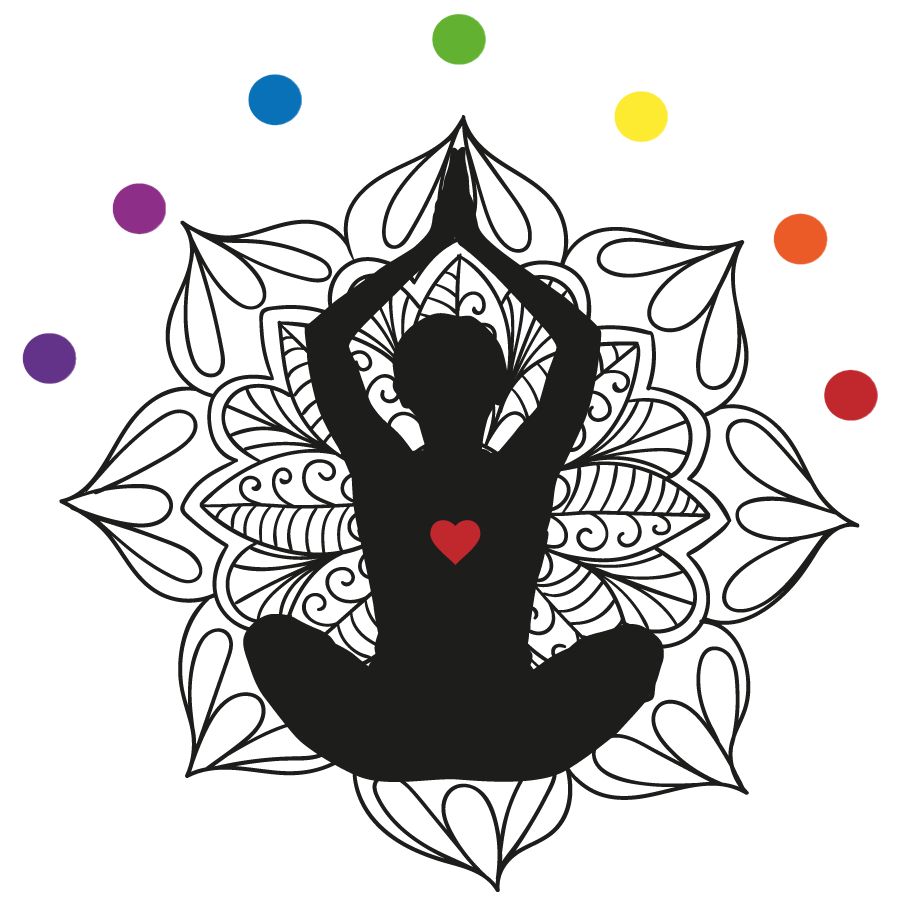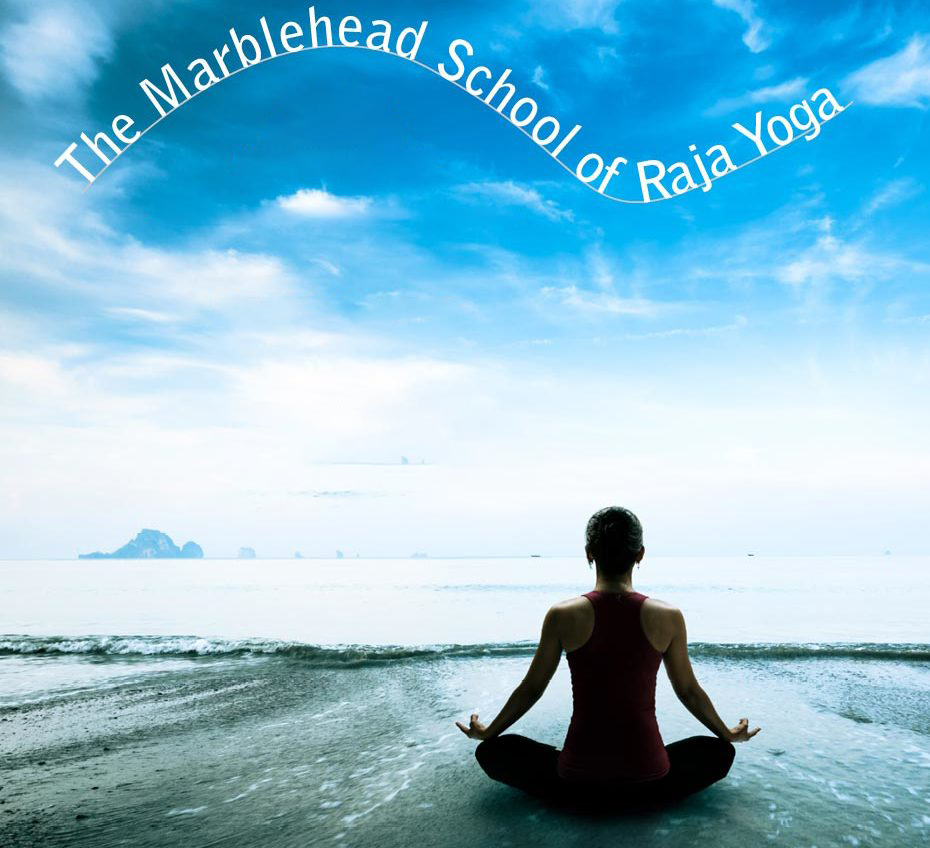Consciousness is the subtlest aspect of each of us; it’s subtler than our subconscious mind.
Humans are three-dimensional: body, mind and consciousness. Ancient texts describe consciousness as the aspect of us that “can neither be wetted nor burned”. It’s the part of us that’s not subject to the laws of karma (i.e., it doesn’t age or change; it’s immutable). In the same way that matter and energy can’t be lost or destroyed, neither can consciousness.
Consciousness doesn’t operate or function in the same sense that our bodies and minds do; it’s so subtle, the only way to verify it’s existence is to recognize that without it, you wouldn’t be aware that you were reading this (your body & mind may still work, but without awareness you’d effectively be a biological, non-sentient robot).
Your consciousness is identical to mine, though obviously WHAT yours has witnessed – in essence, what you have witnessed – is entirely different than what I have. Collectively, our individual consciousness is referred to as Universal Consciousness.
The general nature of consciousness or awareness is: Calm – Still – Quiet – Observing – Witnessing – Non-judgmentally accepting – Unconditionally loving – and it’s at the center of each of us!
Your consciousness has witnessed EVERY thought you’ve EVER had, EVERY word you’ve EVER uttered, and EVERYTHING you’ve EVER done – without judging you.
Raja Yogis celebrate consciousness for what it is, but we also turn inward via meditation to “get me some o’ that”. We meditate to literally draw closer to, or better understand – and perhaps begin to experience – our own true nature, or at least allow it to have a greater affect on our body and mind!
The holy grail of this practice is to remove our physical and mental self as obstacles to our consciousness becoming Self-aware. In that sense, meditation is a form of self-sacrifice (self for Self). This practice grew out of a time in human history when we were literally sacrificing our animals and possessions in hopes of changing our fate; Raja Yoga piggybacked on the concept of sacrifice, though teaches us to find faith in ourselves!
BKS Iyengar [a universally revered, modern day yogi] said “Yoga isn’t a religion; it’s the study of religion.”
I’ve never met a Raja Yogi who wasn’t a spiritual person, though I’ve met several whose yoga practice has clearly turbocharged their religious practice!
As you practice this form of yoga, you begin to see yourself (and frankly, everything) as miraculous, and in the process develop a curiosity about your own intangible, immutable consciousness – which leads to even more fundamental questions about the source of THAT, which is why we go to church, synagogue, temple – places of prayer, study and devotion!
Studying various understandings of the source of the universe can only deepen and broaden our own spiritual and/or religious practice; however, developing faith in something BEYOND our readily verifiable individual consciousness is beyond the scope of Raja Yoga. This practice just expedites that process.
Meditation, the inward quest for answers to questions about THIS life, fosters faith and confidence in yourself (Self and self) and engenders in you – if you’re not already so blessed – reverence and devotion to something you can only imagine: the source of life itself.
Here’s the thing: your consciousness is not just the essence of who you are – it is who you are.
God bless, Skip







 Your body/mind is your most valuable resource so treat it accordingly!
Your body/mind is your most valuable resource so treat it accordingly!
